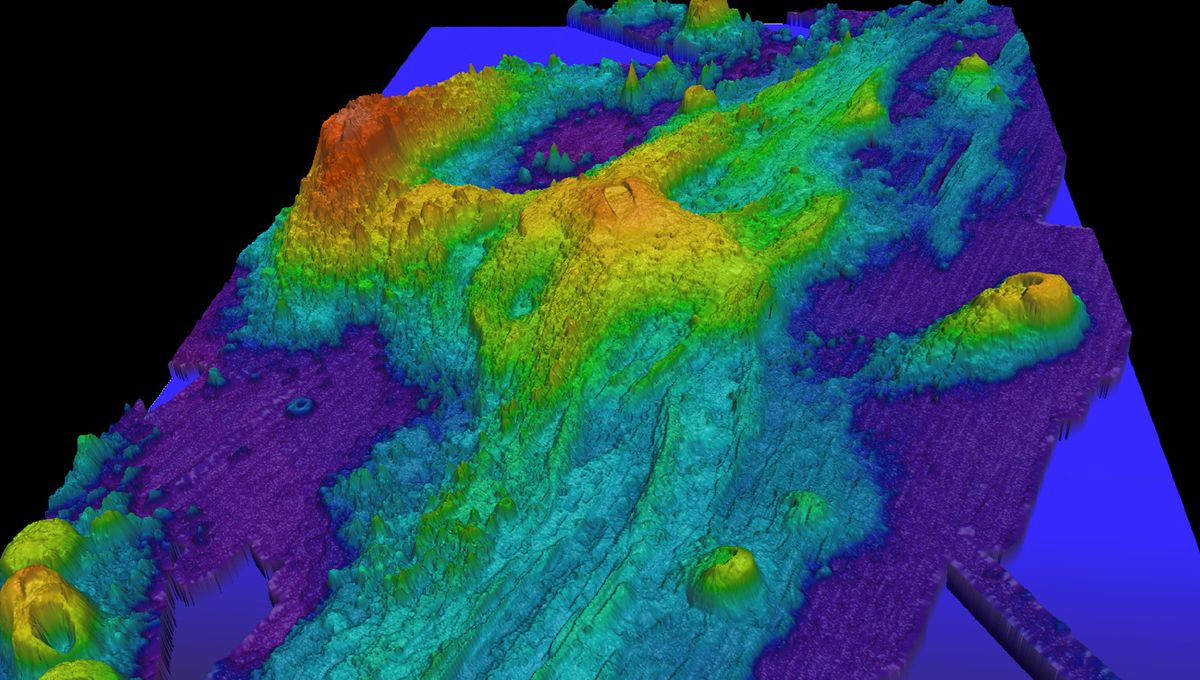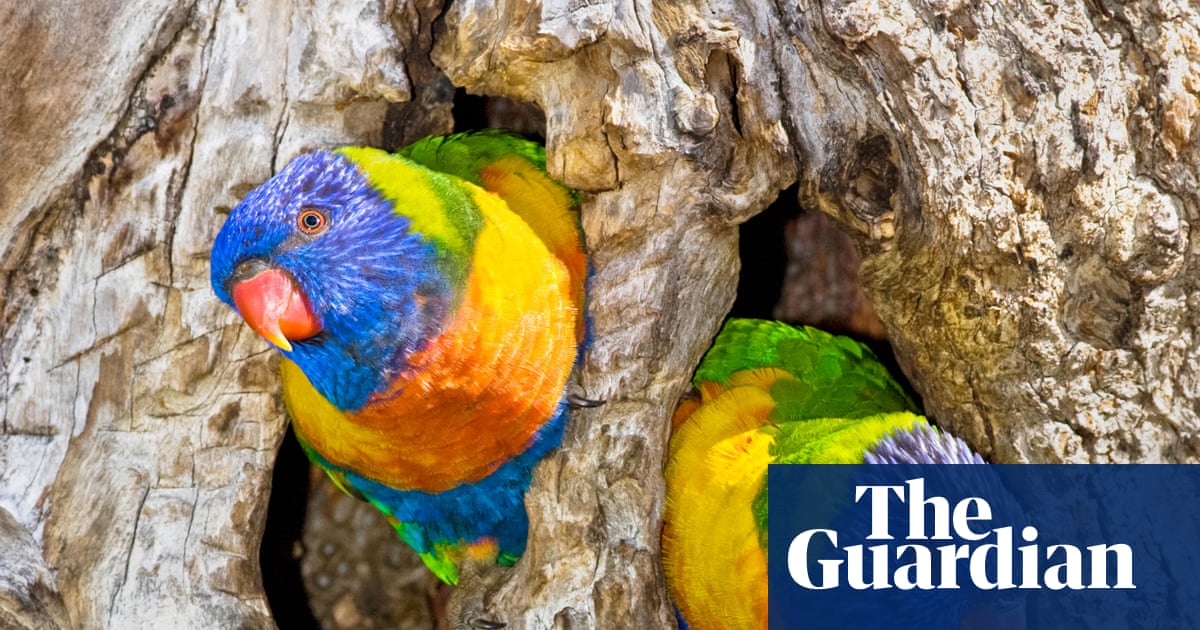Shocking Discovery: The Bacteria Killing Sea Stars Revealed!

Did you know that billions of sea stars have mysteriously vanished from our oceans since 2013? It’s a marine mystery that has finally been solved, and the culprit is a strain of bacteria known as Vibrio pectenicida. This shocking revelation was made by researchers from UBC, the Hakai Institute, and the University of Washington, who have published their findings in the renowned journal Nature Ecology & Evolution.
Wasting disease is now recognized as the largest marine epidemic ever recorded, yet the definitive cause remained shrouded in mystery until now. First author Dr. Melanie Prentice, a research associate at UBC’s Earth, Ocean, and Atmospheric Sciences department, expressed relief and determination, stating, “Now that we’ve identified the disease-causing agent, we can start looking at how to mitigate the impacts of this epidemic.”
The Vibrio genus isn’t new to the marine ecosystem—it also infects coral and shellfish, and is even responsible for cholera in humans. With climate change causing ocean temperatures to rise, researchers are racing to understand the link between warming waters and the spread of this deadly disease. “We see the disease occurring earlier and more rapidly in warmer waters,” Dr. Prentice added, highlighting the double danger faced by sea stars affected by climate change.
The process of this disease is tragic; it begins with painful lesions and ultimately “melts” the sea stars’ tissues within about two weeks of exposure. The afflicted creatures become contorted, losing their arms, making early diagnosis nearly impossible since the symptoms can mimic responses to other stressors like temperature fluctuations.
Over four years, the international research team studied the sunflower sea stars, which have seen a staggering decline of over 90% in their population due to this epidemic. They conducted experiments comparing healthy sea stars to those exposed to the disease through contaminated water, infected tissues, or even the sea stars' own blood—known as coelomic fluid.
Dr. Alyssa Gehman, senior author and marine disease ecologist, recounted the moment of discovery: “When we looked at the coelomic fluid of exposed and healthy sea stars, there was just one thing different: Vibrio. We all had chills. We thought, ‘That’s it. We have it. That’s what causes wasting.’” The results were alarming. More than 90% of the healthy sea stars died within a week of showing symptoms after exposure.
Co-author Amy M. Chan, a research scientist specializing in marine microbiology, worked tirelessly to create pure cultures of the FHCF-3 strain. She confirmed that when these cultures were injected into healthy sea stars, they succumbed to the disease within days, sealing the fate of this devastating epidemic.
The loss of billions of sunflower sea stars—predators of sea urchins—has had catastrophic effects on marine ecosystems. Without them, sea urchin populations have exploded, leading to the destruction of kelp forests that are vital for many marine species and contribute significantly to the economy through fisheries and tourism. “These forests also sequester carbon dioxide, protect coastlines, and hold cultural importance for coastal First Nations,” Dr. Prentice emphasized.
As researchers delve deeper into this crisis, there is hope. Project partners like Jono Wilson, director of ocean science for The Nature Conservancy’s California chapter, see potential avenues for recovery. “This finding opens up exciting avenues to expand the network of researchers able to develop solutions for recovery of the species,” he stated.
In light of these developments, the future of sea stars and their ecosystems hangs in the balance, urging us all to pay closer attention to the health of our oceans.

























